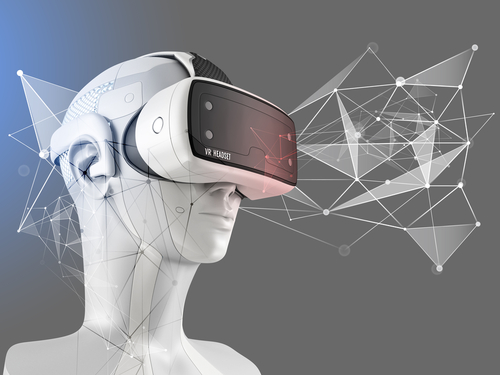Virtual Reality-based Physical Rehab May Aid Kids with CP, Study Suggests

Physical exercises based on virtual reality may be an effective way to improve the motor performance of children and adolescents with cerebral palsy, a pilot study suggests.
The study, “Analysis of motor performance in individuals with cerebral palsy using a non-immersive virtual reality task — a pilot study,” was published in Neuropsychiatric Disease and Treatment.
Motor disorders such as cerebral palsy are often associated with changes in sensation, learning, body perception, communication, and behavior. Other complications such as epilepsy and musculoskeletal disorders can also impair patients’ functional performance.
Difficulties in motor function can vary and may have a critical impact on a person’s ability to perform daily tasks. As such, people with cerebral palsy should undergo multidisciplinary rehabilitation programs that take into account a number of targets, including environmental and personal factors.
There is growing interest in the use of virtual reality environments to enhance task practice in rehabilitation. Computer-assisted technology has proven to be viable and accessible, particularly to improve motor function in children with cerebral palsy.
A team of Brazilian researchers evaluated the impact of movement interventions based on virtual reality tasks on the physical performance of children and adolescents with cerebral palsy.
The study enrolled 20 participants, ages 6–19, 10 of whom had been diagnosed with cerebral palsy (the other 10 were typically developing individuals). Participants were asked to follow a protocol of physical exercises based on interaction with a computer.
For this, the team developed two software programs: one called “MoveHero” that provided intervention through a virtual task and a second that provided the task of coincident timing requiring physical contact with a computer.
In the first strategy, participants performed upper limb movements in front of a computer’s webcam to try to virtually intercept spheres that fell following the rhythm of a song for eight minutes. Participants could not let the spheres pass from a fixed targeted height by using either their left or right hands and arms.
Then, to observe the influence on a real task, a similar task was performed, but this time with physical contact (coincident timing task) by using the space bar on the computer keyboard. As the last sphere was reached, the participant had to press the space bar as quickly as possible.
Regarding responsiveness in the coincident timing task, there were no significant differences between participants with or without cerebral palsy. Still, those with cerebral palsy required more time to perform the task and had a worse performance than those without the disease. In the MoveHero task, both groups responded similarly.
Researchers observed that cerebral palsy patients significantly improved their responsiveness in the last two rounds of the coincident timing task after practicing with the MoveHero exercise. “This is an interesting result that leads to the possible use of virtual tasks for the rehabilitation of individuals with cerebral palsy,” researchers said.
Although it is not fully understood how virtual reality exercises can induce functional improvements, it has been suggested that this effect may be linked to modifications of communication networks in the brain.
“[T]he functional movement of the upper extremity to achieve a virtual target may have positively impacted [the] performance and enhanced [the] functional capability [of the participants with cerebral palsy],” researchers said.
However, the team emphasized that this was a pilot study and that additional investigations are necessary to confirm these results and further evaluate the therapeutic potential of virtual reality-based rehabilitation programs.


